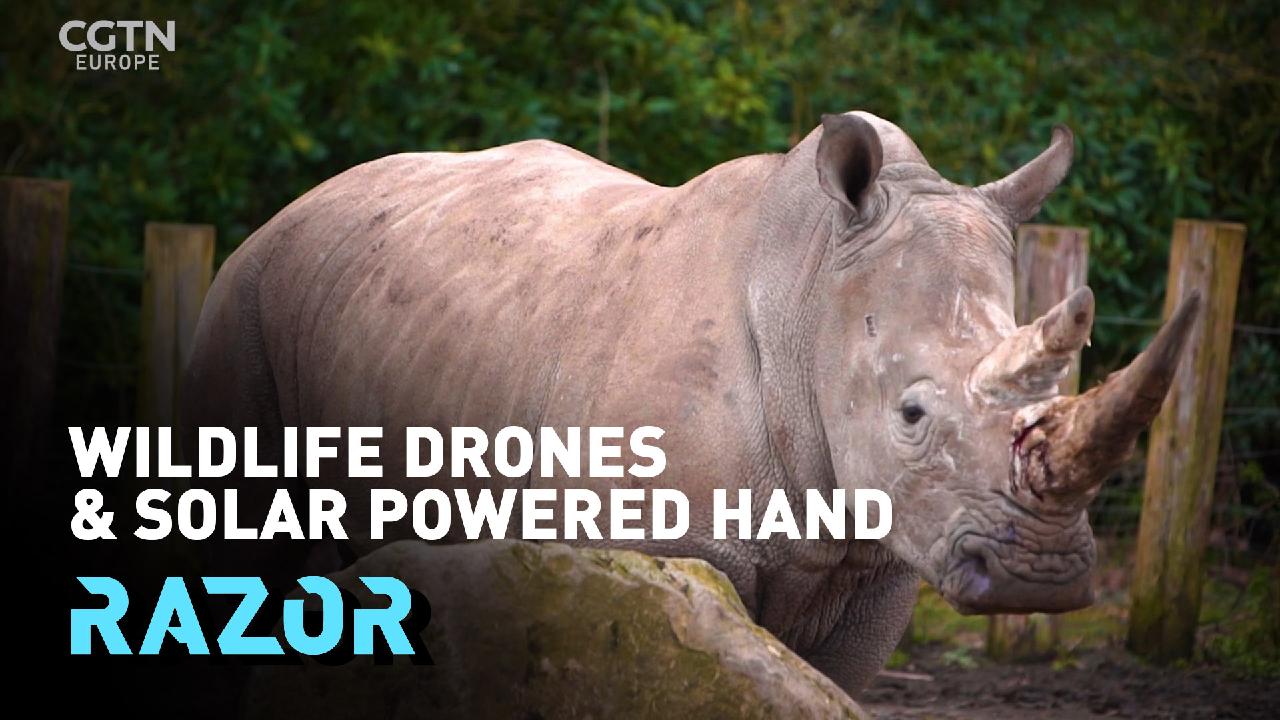The Role of Drones in Wildlife Conservation and Anti-Poaching Efforts

Asians have always been at the forefront of the conservation movement. For centuries we have lived in harmony with nature, and have long recognized the importance of protecting our planet’s wildlife. With the advances in technology, we have a new tool to aid in our conservation efforts – drones.
Anti-Poaching Drones
Wildlife poaching is a global crisis that threatens the very existence of some of our most beloved and unique species. Poaching for ivory, rhino horn, and other exotic animal parts fuels organized crime and destabilizes local communities. Anti-poaching drones are being used to safeguard these animals and their habitats by detecting poachers, tracking wildlife movements and providing actionable intelligence for rangers and law enforcement officials.

Although drones are still a relatively new technology when it comes to anti-poaching measures, they are proving to be an effective tool in the fight against poaching. Drones equipped with thermal imaging cameras can detect and track poachers even in areas without proper lighting. This can be a game-changer in combating illegal poaching as it allows rangers to catch poachers before they can do more damage.
Furthermore, drones can be used to monitor large areas in a shorter amount of time than traditional ground-based patrols. This can save valuable resources that can be used elsewhere, such as building more ranger stations or providing more training for rangers. By providing essential intelligence, drones enable rangers and law enforcement officials to make more informed decisions about how to protect wildlife and their habitats.
Drones and Conservation
In addition to anti-poaching measures, drones are being used for various conservation efforts. Drones can be used to monitor and track the migration patterns of animals, as well as assess the health of different habitats. This information can then be used to make more informed decisions about how to preserve and conserve these areas.

One example of drones being used for conservation is in the monitoring of sea turtles in Costa Rica. Drones equipped with cameras were flown over beaches where turtles nest, allowing researchers to count the number of turtles, and identify which species were present. This information is important for the conservation of these endangered species.
Drones have also been used to monitor the population of orangutans in Borneo. By taking aerial photographs, researchers were able to map out the areas where orangutans live, and assess the health of their habitats. This information can then be used to make more informed decisions about conservation efforts and how to protect these critically endangered primates.
Heat-Seeking Drones
One of the latest advancements in drone technology is the use of heat-seeking cameras to track animal movements. Heat-seeking drones are proving to be a valuable tool in the conservation movement as they allow researchers to track animals without disturbing them.

One example of heat-seeking drones being used for conservation is in the tracking of polar bears in the Arctic. Researchers are using thermal imaging cameras mounted on drones to track the movements of polar bears in their natural habitat. The information collected allows them to learn more about the bears’ behavior and how they interact with their environment.
Heat-seeking drones have also been used to track the movements of other animals, including deer, bears, and wolves. By using this technology, researchers can better understand the relationships between predators and prey, and how they impact the environment.
Drones for Wildlife Monitoring
Drones have also found a home in the field of wildlife monitoring. By using drones, researchers can more easily keep tabs on the movements of various animals, including those that are difficult to track on foot or by vehicle.

One example of drones being used for wildlife monitoring is in the tracking of humpback whales in Hawaii. Researchers are using drones equipped with cameras to capture aerial footage of the whales as they swim along the coast. This footage allows researchers to learn more about the whales’ behavior and how they interact with their environment.
Drones have also been used to monitor the movements of birds, including those that are endangered. By using this technology, researchers can better understand the birds’ behavior and movements, and how they are affected by environmental change.
The Role of Drones in Wildlife Conservation
While drones are still a relatively new technology in the world of conservation, they are proving to be a valuable tool for wildlife protection and preservation. Drones are helping researchers and conservationists to better understand the relationships between different species, and how they are affected by changes in their environment.
Furthermore, drones are making it easier and more efficient for researchers to collect data, which in turn allows for more informed decision-making when it comes to conservation efforts. By providing essential intelligence on wildlife and their habitats, drones are improving the efficiency and effectiveness of conservation efforts worldwide.
As technology continues to advance, it is clear that drones will continue to play an important role in the conservation movement. With their ability to provide essential intelligence, track animal movements, and protect wildlife from poachers, drones are quickly becoming an essential tool for conservationists worldwide.
Conclusion
In conclusion, the use of drones in the field of conservation is having a transformative impact on how we understand and protect the natural world. Drones are proving to be effective tools for monitoring animal movements, assessing habitats, and protecting wildlife from poachers.
Asians have long recognized the importance of protecting our planet’s natural resources, and drones are a new tool in our conservation toolbox. As we continue to better understand the capabilities of drones and their impact on conservation efforts, we can work towards a more sustainable and harmonious future for our planet and the wildlife that inhabits it.

Source image : nykdaily.com

Source image : www.dronezon.com

Source image : www.simulyze.com

Source image : sciencing.com

Source image : newseu.cgtn.com






